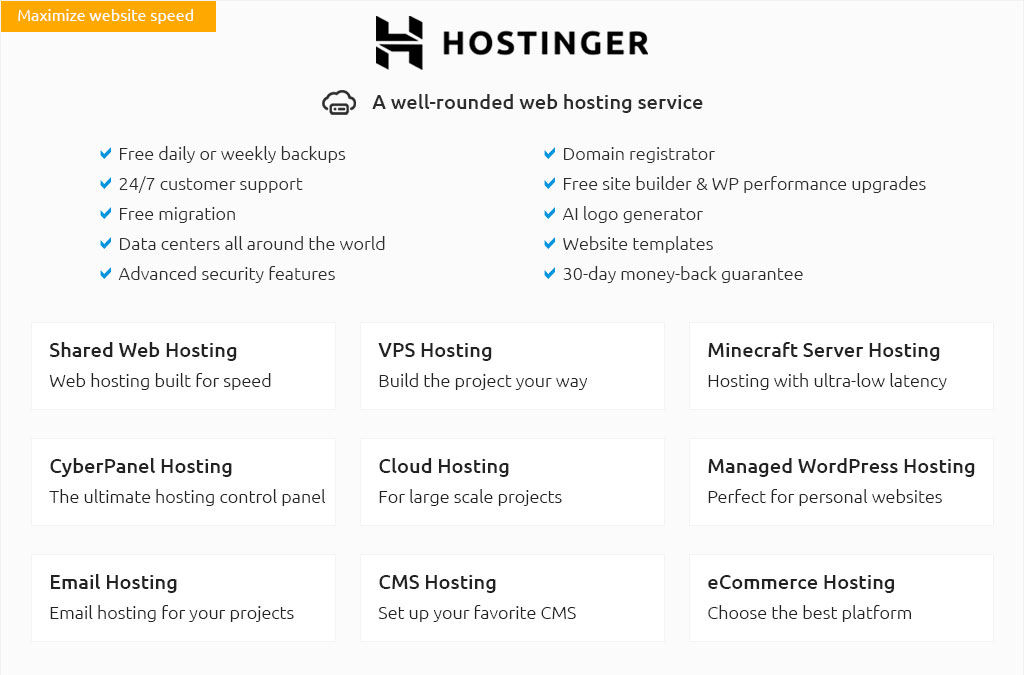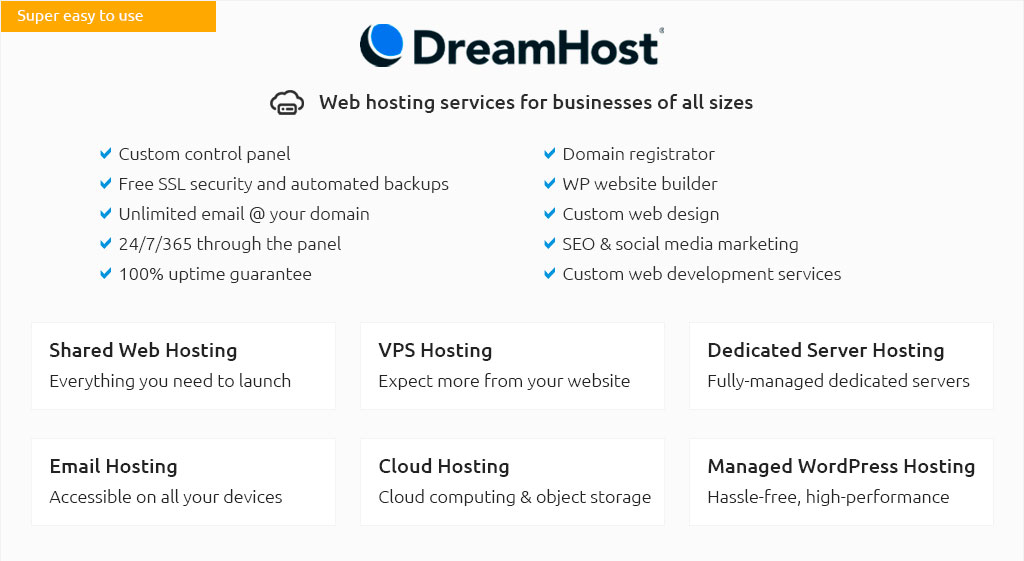 |
|||
 |
 |
 |
|
 |
|
 |
 |
 |
|||
 |
|||
 |
|||
 |
|||
 |
|||
 |
|||
 |
 |
How to Get SSL Certificate for Website: A Comprehensive GuideIn today's digital age, securing your website with an SSL certificate is crucial. An SSL certificate not only protects sensitive data but also enhances your site's credibility. In this guide, we'll walk you through the steps to obtain an SSL certificate for your website, considerations to keep in mind, and answer some frequently asked questions. Understanding SSL CertificatesBefore diving into the process, it's important to understand what an SSL certificate is and why it's essential for your website. SSL stands for Secure Sockets Layer, a protocol that encrypts data between a user's browser and the server, ensuring privacy and security. Benefits of SSL Certificates
Steps to Obtain an SSL Certificate1. Choose the Type of SSL CertificateThere are several types of SSL certificates available, each serving different purposes. The most common types are:
2. Select a Certificate Authority (CA)It's important to choose a reputable Certificate Authority to issue your SSL certificate. Popular CAs include Let's Encrypt, Comodo, and Symantec. Compare pricing and features before making a decision. 3. Generate a Certificate Signing Request (CSR)Most hosting providers allow you to generate a CSR via your hosting control panel. For those using shared web hosting packages, this process can often be simplified through your hosting dashboard. 4. Complete the Validation ProcessDepending on the type of SSL certificate, you may need to complete various levels of validation. This can range from verifying your domain ownership to providing organizational documents. 5. Install the SSL CertificateOnce the CA issues your SSL certificate, you'll need to install it on your server. If you use cpanel shared hosting, you can typically do this via the SSL/TLS Manager. FAQ Sectionhttps://www.cloudflare.com/learning/ssl/what-is-an-ssl-certificate/
To get a free SSL certificate, domain owners need to sign up for Cloudflare and select an SSL option in their SSL settings. This article has further ... https://www.godaddy.com/web-security/ssl-certificate
How to install your SSL Certificate - Request the SSL: Specify your domain name and the type of web server that hosts your site. - Verify your SSL: Verify you ... https://www.reddit.com/r/selfhosted/comments/npai6a/how_to_get_ssl_certificate/
Once you have the domain, you can get free certificates from Let's Encrypt.
|